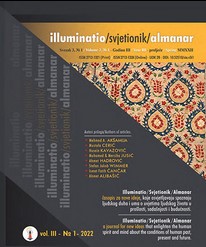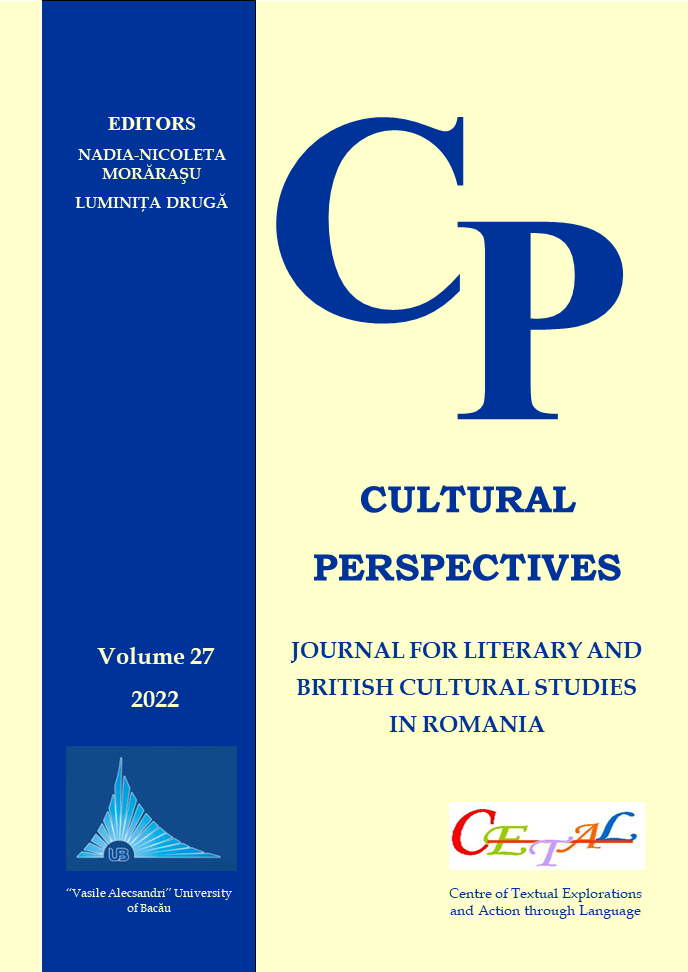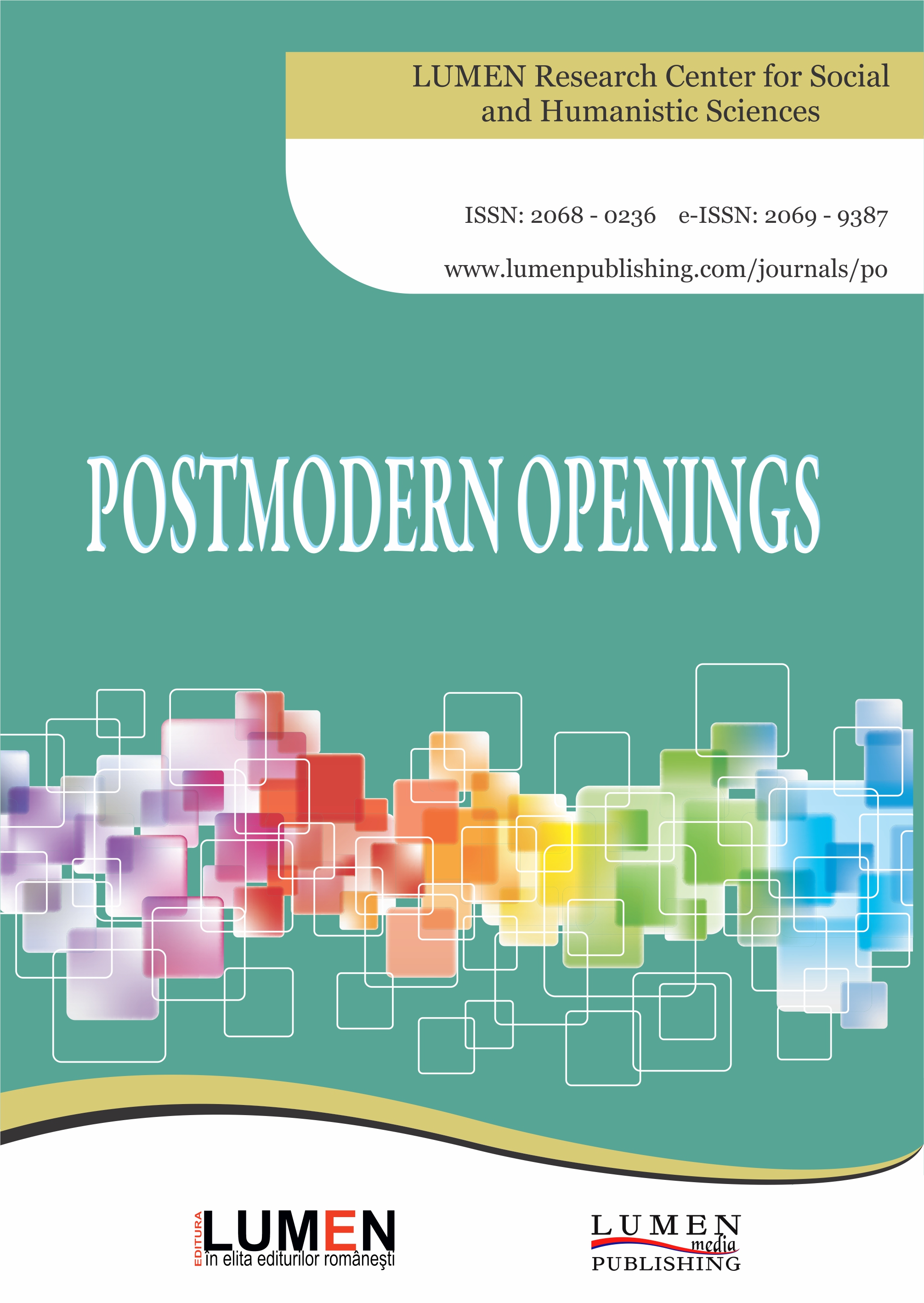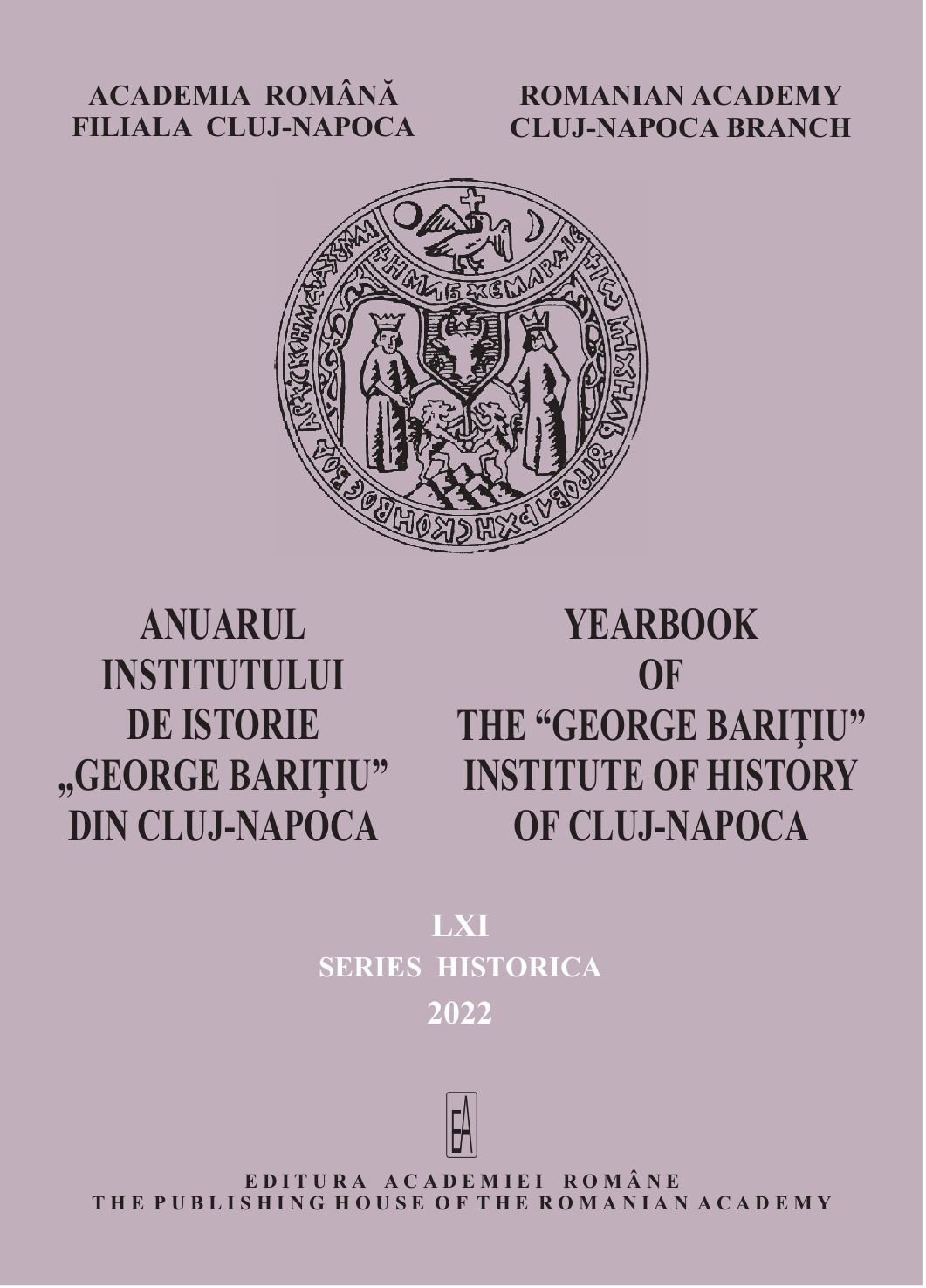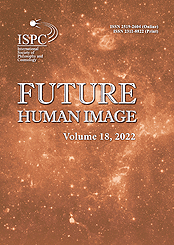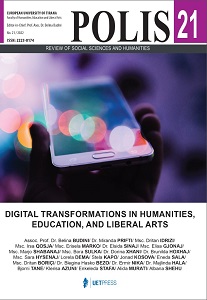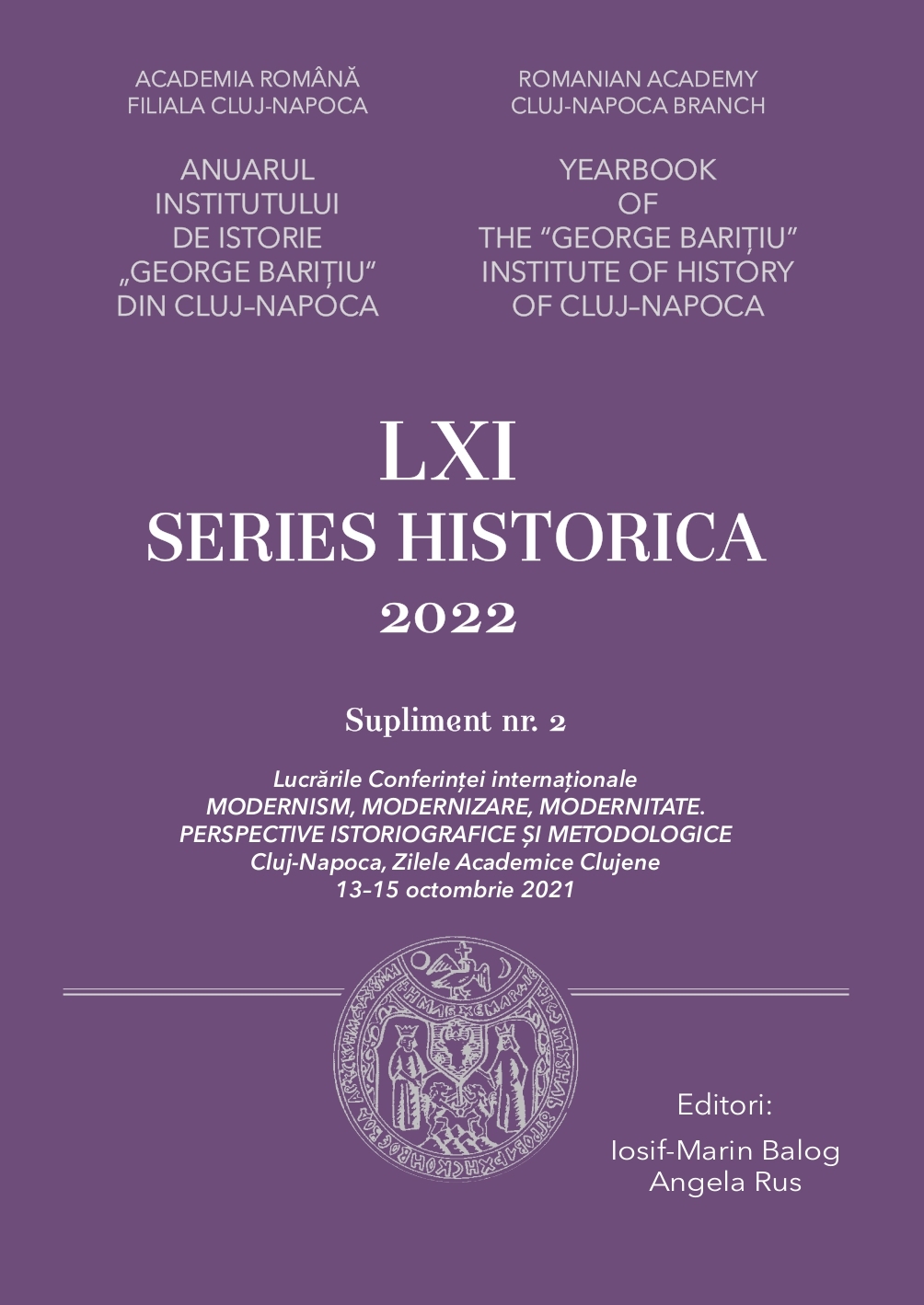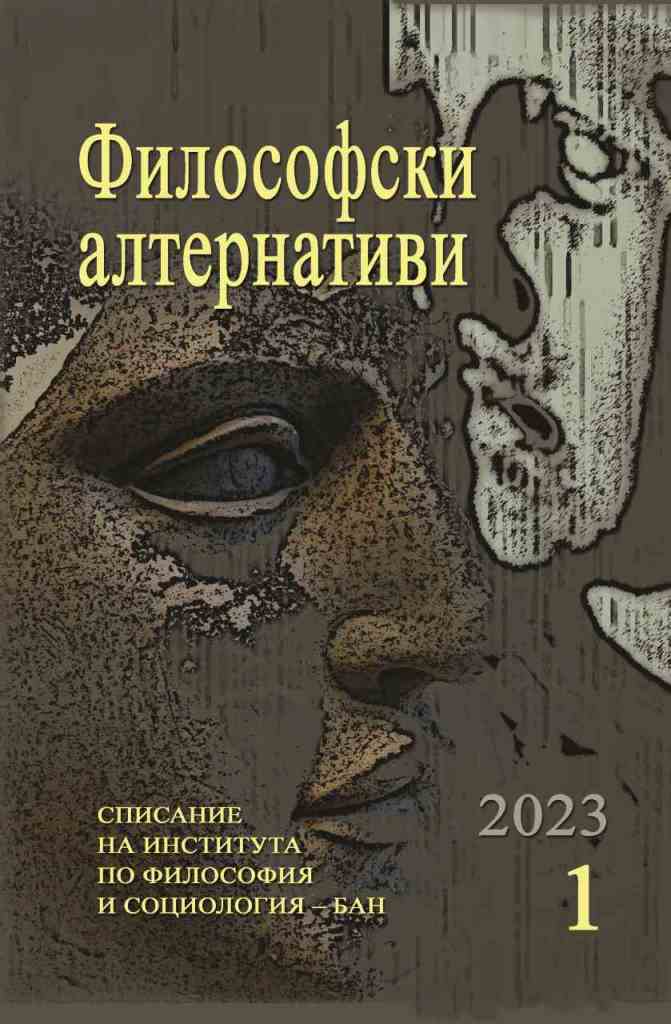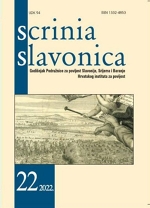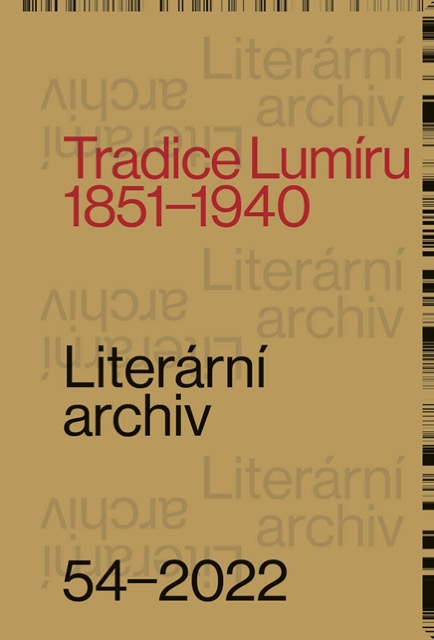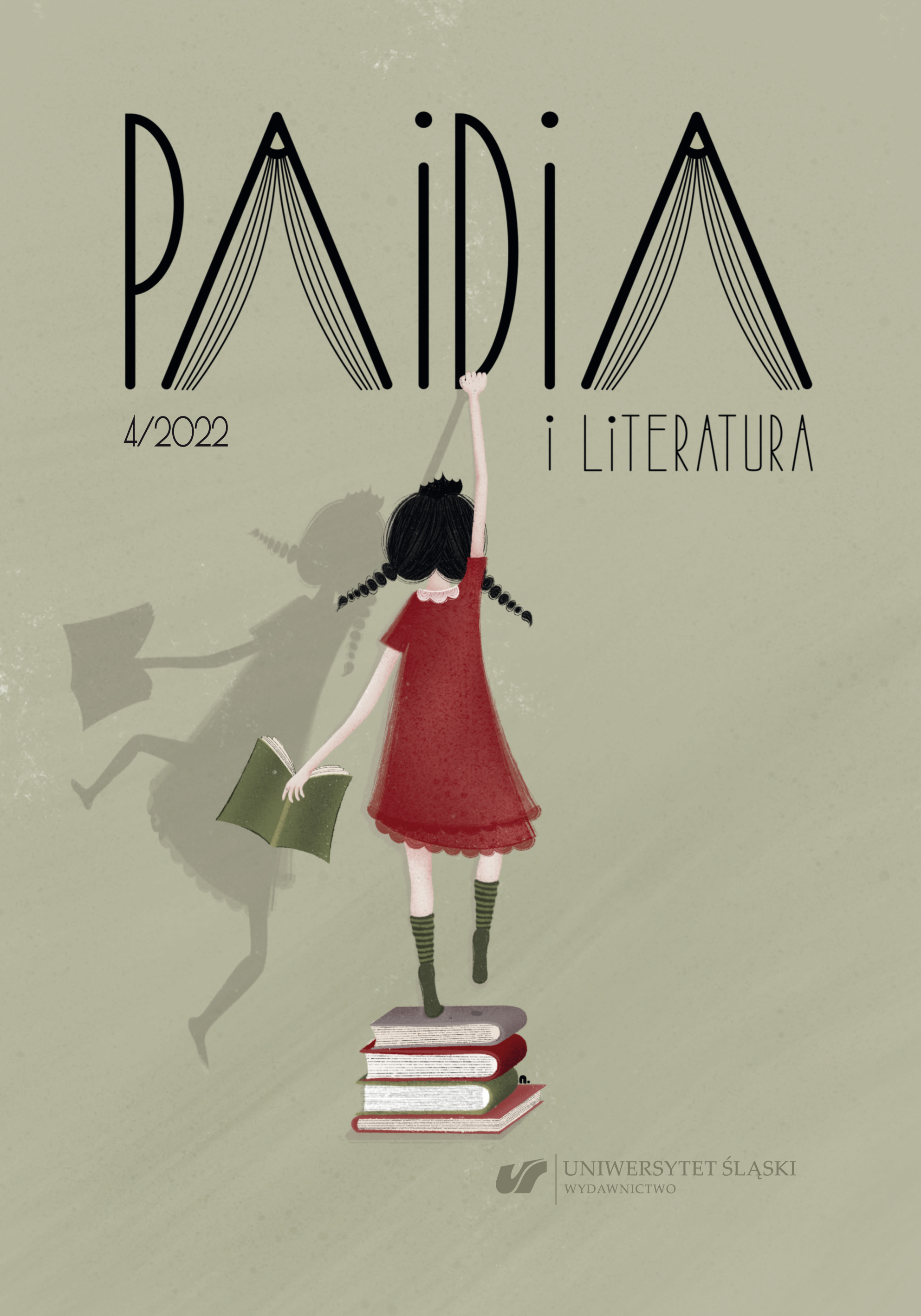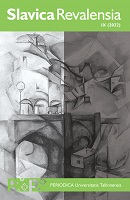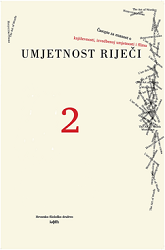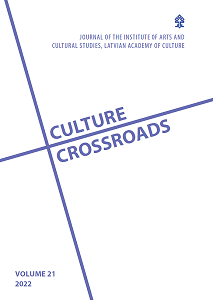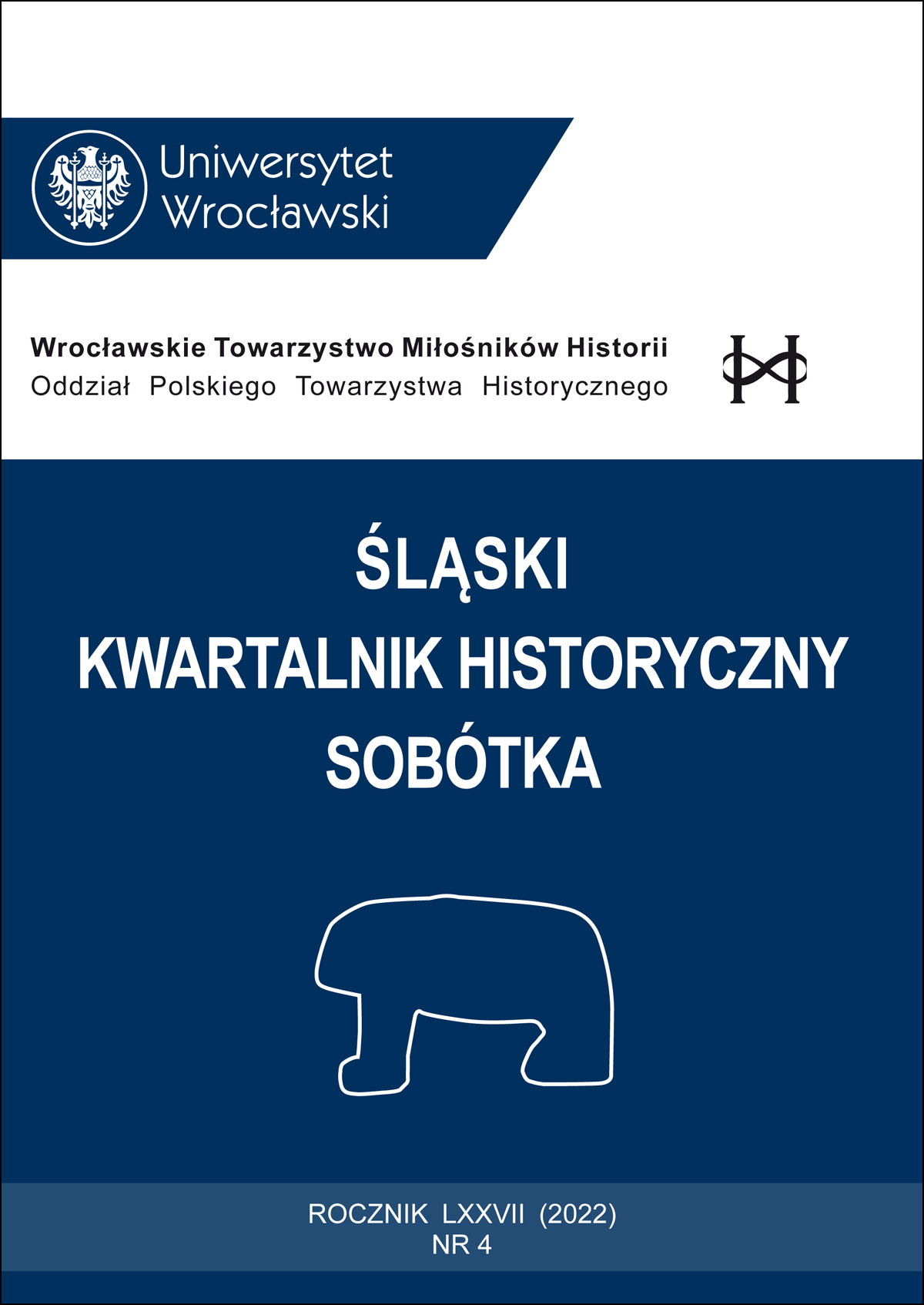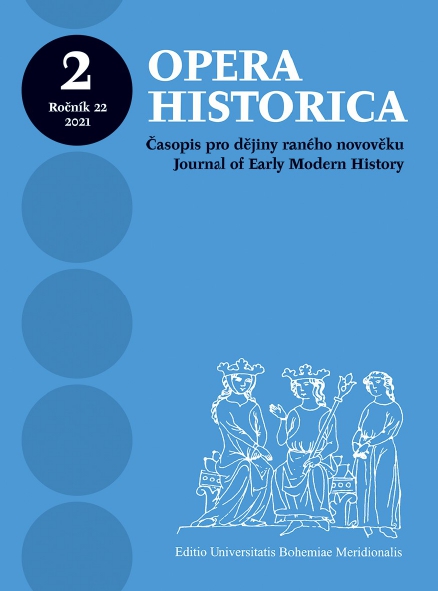მამნე ოქრომჭედლის უცნობი ნამუშევარი მთის წმ. გიორგის მონასტრიდან და მისთვის დამახასიათებელი უნიკალური იკონოგრაფიული დეტალი
According to some materials Mtis St. George’s Monastery owned at least 14 antiquities of the ecclesiastic and liturgical use. Only three of them survived till our days, as others were lost during the soviet anti-religious movements of 1920-es. Nevertheless, these antiquities are still researchable according to the old descriptions. This article examines one of the survived icons of the Monastery – small silver goldened icon of horseman St. George slaying the dragon. This icon is kept at the Kutaisi State Historical Museum. The Icon has no inscription which could mention the name(s) of the ktetor(s), or the date of its creation. Still, there are some old Georgian letters which can be read as “St. George”. The palaeographical characteristics of these letters appeared to have a lot in common with the inscriptions of Sadgeri and Barakoni pre-altar crosses, made by the famous goldsmith of 16th century – Mamne. Apart of this fact, other general and detailed visual similarities can be found between this St. George’s Icon and Mamne’s other works. Finally, a unique iconographic detail – human’s (Diocletian’s) profile harmoniously combined in the wing of the dragon, which can be seen only on the Monastery’s St. George’s Icon and on the icon of Sadgeri pre-altar cross, made it clear, that the Icon I’ve been working on also belonged to Mamne’s artworks. Even though the Sadgeri pre-altar cross is widely known in scientific literature, this unique detail – an outstanding novelty of Mamne’s brilliant mind – remained unnoticed.
More...
